FTP Call Topics Manual – Horizon Europe 2023-2024 (full document)
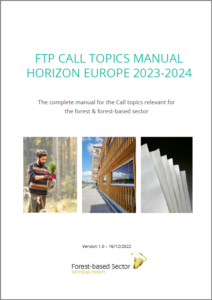
FTP analyzed the published Horizon Europe Work Programmes 2023 -2024 and identified the Call topics relevant for the forest-based sector. As a result, around 70 Call topics with a budget of € 1 billion were identified as relevant or indirectly relevant to the forest-based sector.
FTP Call Topics Manual 2023-2024 – Forests & Forestry
FTP Call Topics Manual 2023-2024 – Woodworking
FTP Call Topics Manual 2023-2024 – Pulp & paper
FTP Call Topics Manual 2023-2024 – Annex 1 – CBE call topics 2023
FTP Call Topics Manual – Horizon Europe 2021-2022 (full document)
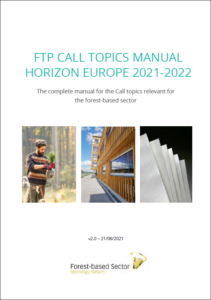
Horizon Europe is the EU’s key funding programme for research and innovation for 2021-2027. This FTP Manual showcases a list of the most relevant Call topics for the forest-based sector. Each Call contains topics and each topic describes the specific challenge to be addressed, the scope of the activities to be carried out, and the expected impacts to be achieved by the projects proposed.
FTP Call Topics Manual – Annex 1
FTP Call Topics Manual 2021-2022 – Forestry
FTP Call Topics Manual 2021-2022 – Woodworking
FTP Call Topics Manual 2021-2022 – Pulp & paper
Strategic Research and Innovation Agenda for 2030 (SIRA 2030)
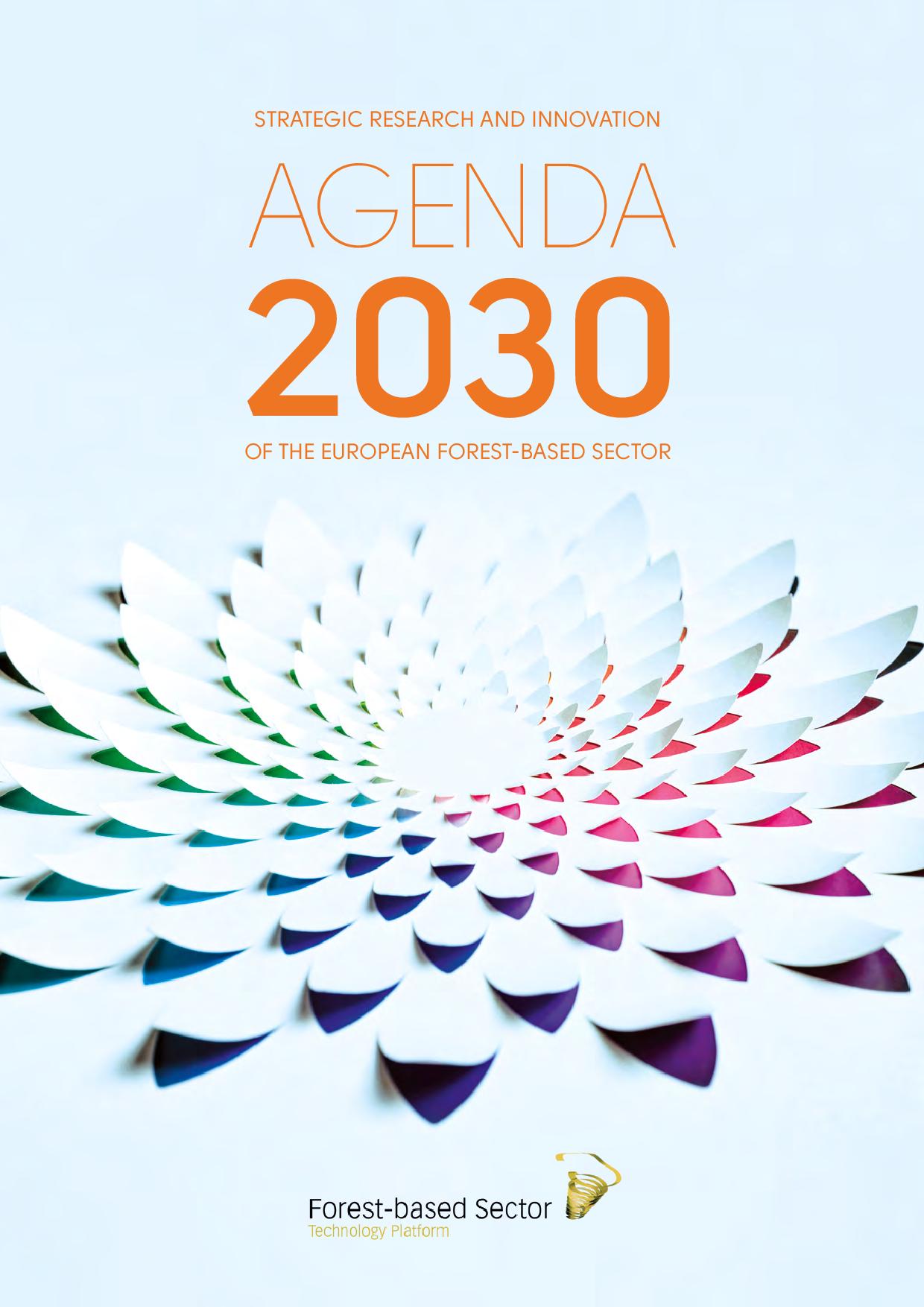
With a mission to achieve the 10 FTP Vision Targets by 2040, SIRA 2030 identifies for each vision target the challenges that require significant efforts in research and innovation. Accordingly, close to 50 challenges have been identified. For each challenge, SIRA 2030 identifies important examples of research and innovation activities needed to tackle the challenge.
Vision 2040 of the forest-based sector
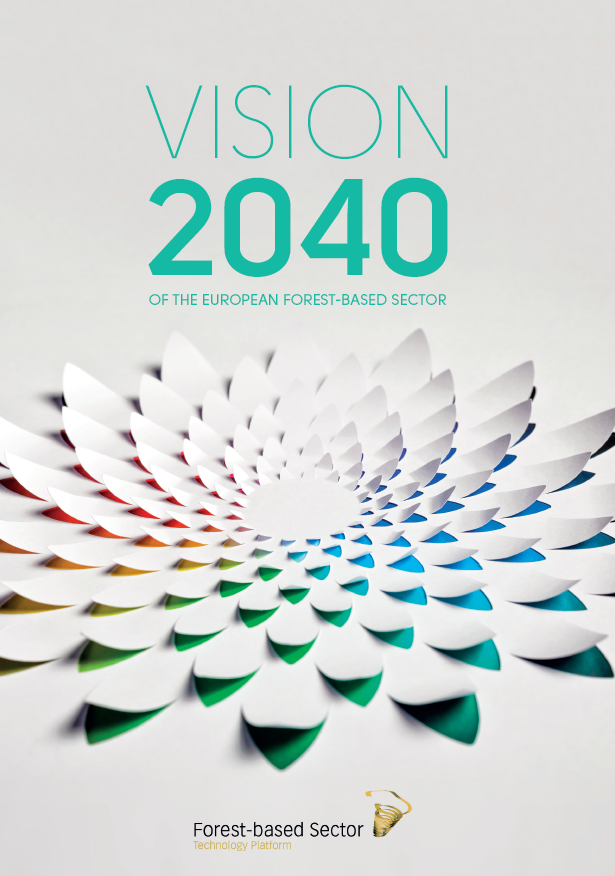
Horizons – Vision 2030
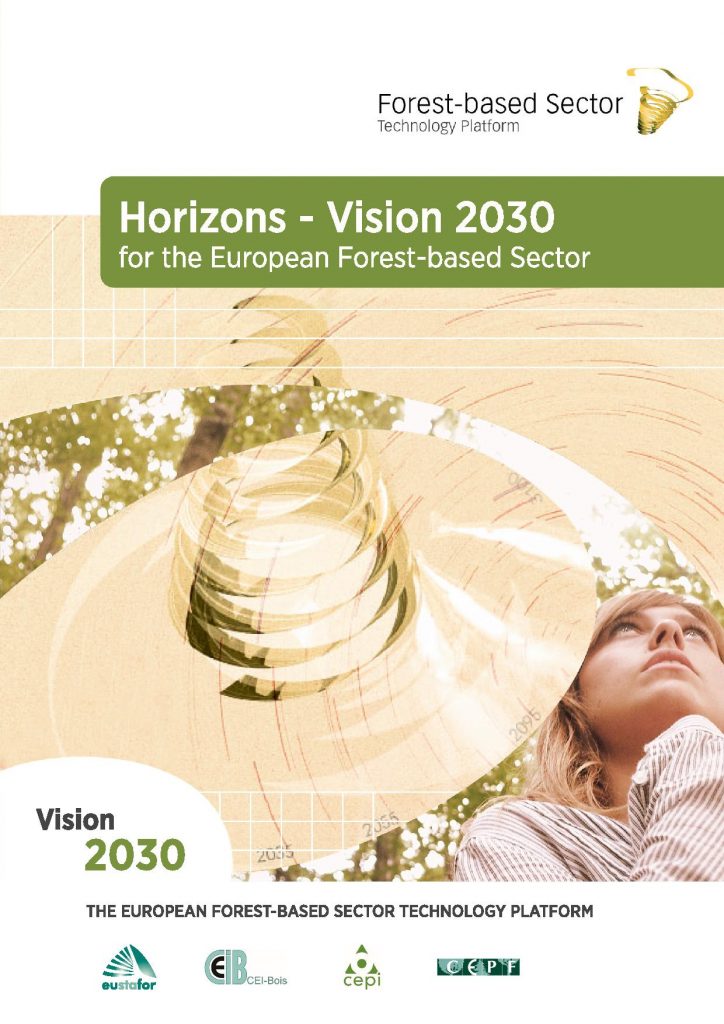
The European forest-based sector Vision 2030 was first published in 2005 and revised and relaunched in 2013.
Strategic Research and Innovation Agenda for 2020
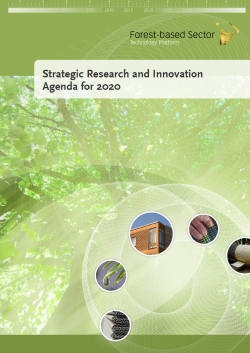
The Strategic Research and Innovation Agenda for 2020 (SRA) is the roadmap that enables the forest-based sector to achieve its Vision 2030, in cooperation with public authorities and the European Community. The document introduces 19 Research and Innovation Areas (RIAs) identified as crucial to unlocking the potential of the sector; these are then translated into the language and structure of Horizon 2020 – the EU’s research framework budget for 2014-2020.
The FTP SRA was first released in 2006 and a revised document drawn up in 2013. As a result of the implementation of the SRA, more than 500 European forest-based sector-relevant research projects have been launched, with a total of almost two billion Euros EU funding.
Annex to the Strategic Research and Innovation Agenda
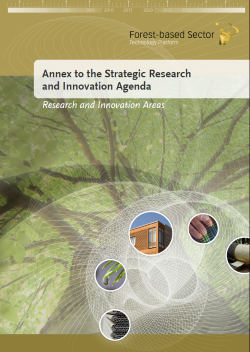
Arguably of greater importance than the main SRA document, the Annex to the Strategic Research and Innovation Agenda provides greater detail on the 19 Research and Innovation Areas (RIAs) introduced in the SRA. The RIAs are clustered under the same four Strategic Themes as the 10 Vision Targets for 2030. For every one of these Research and Innovation Areas, the current state-of-the-art is described and the expected achievement for 2020 is outlined. Furthermore, the research and innovation activities needed in order to reach these achievements are identified for each one of the RIAs.
The SRA Annex provides a comprehensive understanding of the steps that the forest-based sector must take to pursue its Vision 2030. The SRA Annex can be read separately from the SRA.
Horizon 2020 Call topics manual 2018-2020 for the forest-based sector
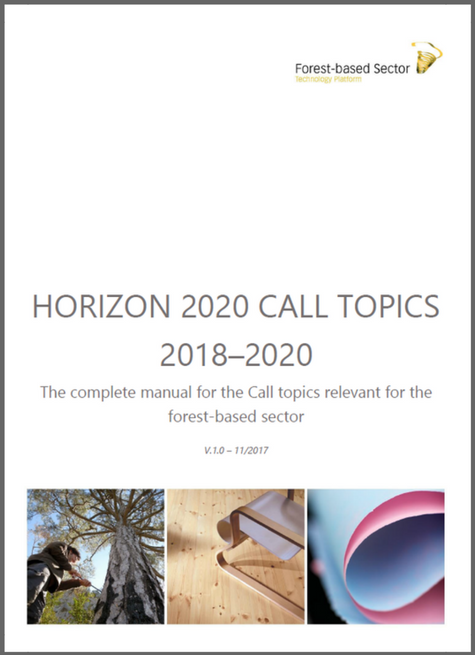
Horizon 2020 Call topics manual 2016-2017 for the forest-based sector
Research and Innovation Roadmap 2050: A Sustainable and Competitive Future for European Raw Materials
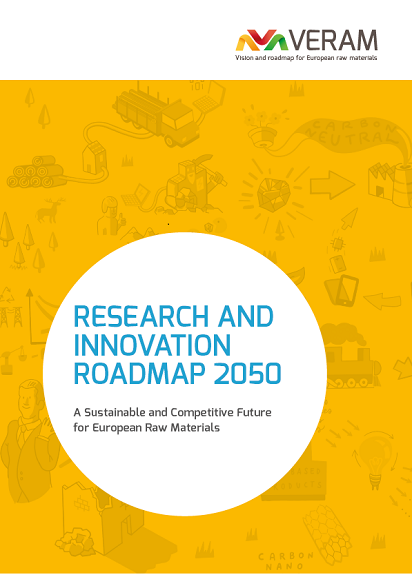
Europe is confronted with several challenges along the entire raw materials value chain, composed of exploration and management, extraction and harvesting, processing and refining, manufacturing, use and recycling, as well as substitution. The VERAM roadmap is the only European Research and Innovation Roadmap for 2050 agreed between all non-food, non-energy raw material sectors in Europe. It provides a long-term perspective and concrete activities to achieve the goals of reducing external supply dependency and a more efficient use of resources. It presents four priority areas and nine research and innovation areas, including a number of activities, to address the key concerns of the raw materials community, as well as society and citizens at large. The concrete research and innovation activities cover specific needs within the supply and production of raw materials, creating closed loops, and developing new products and applications.

